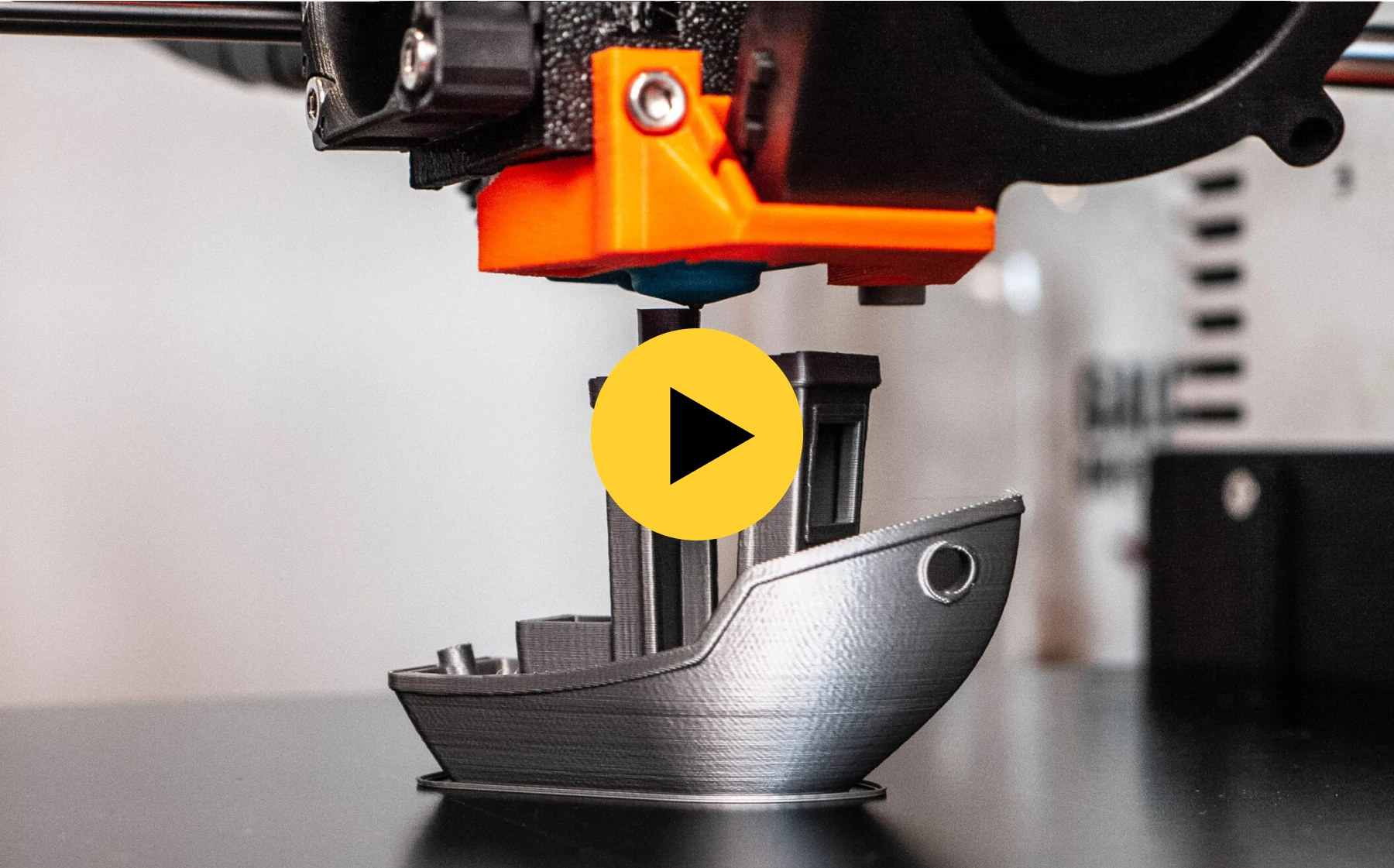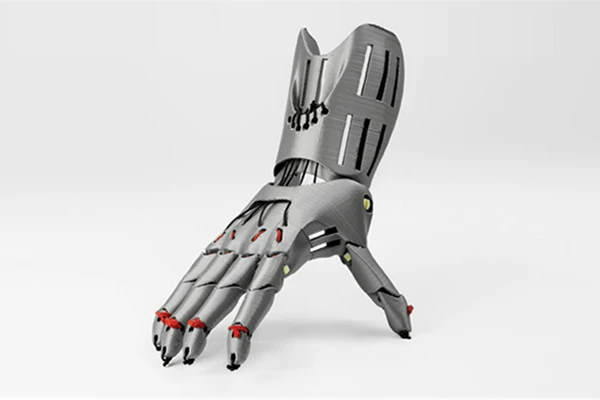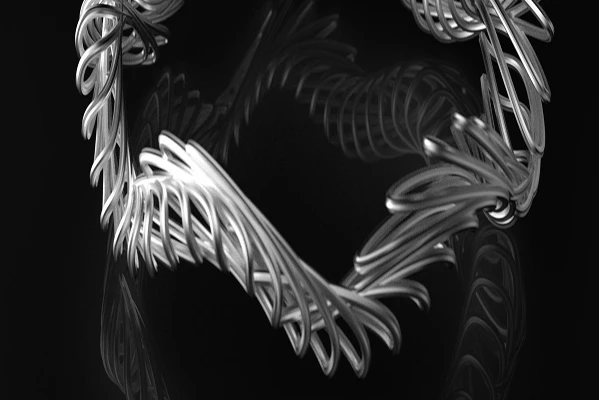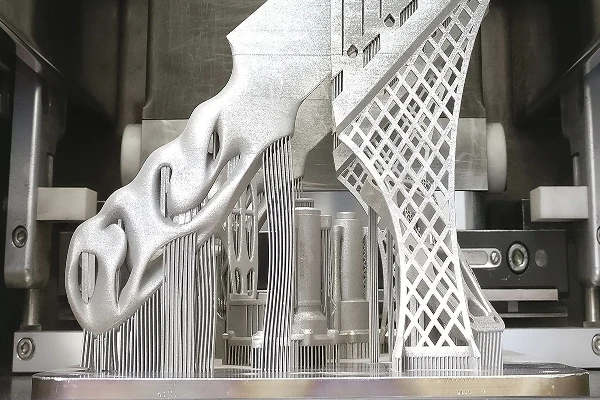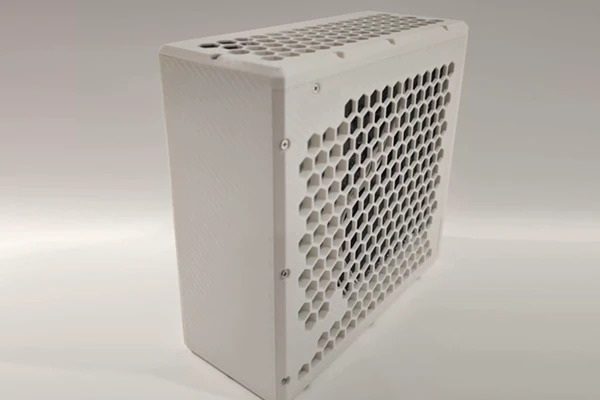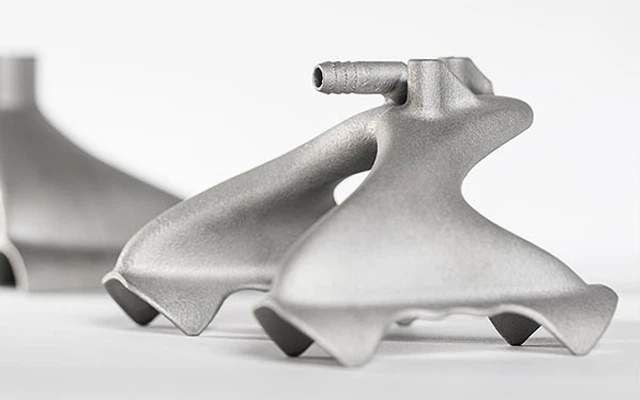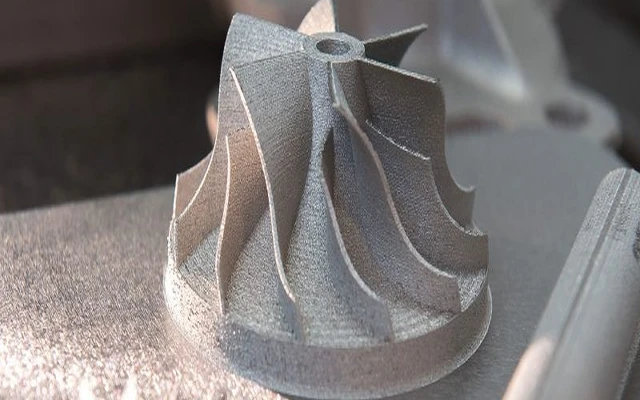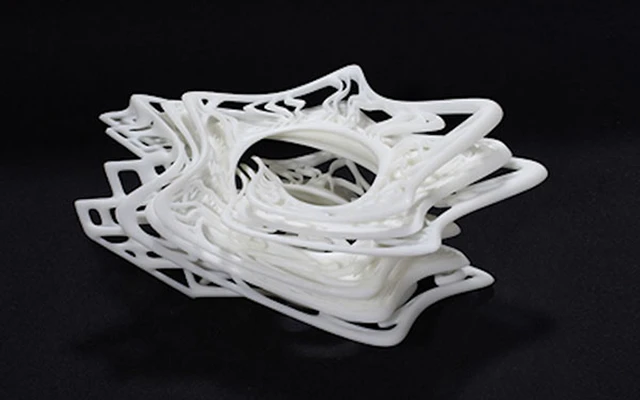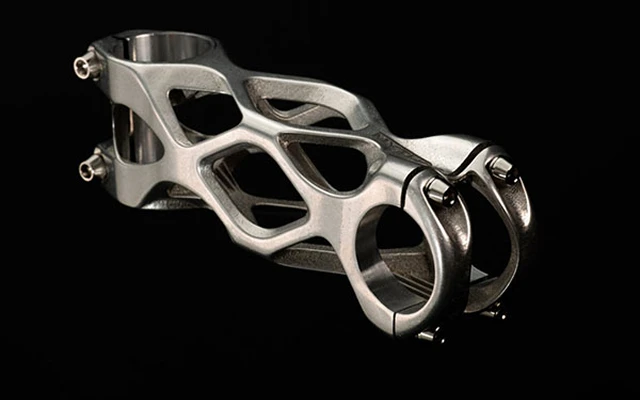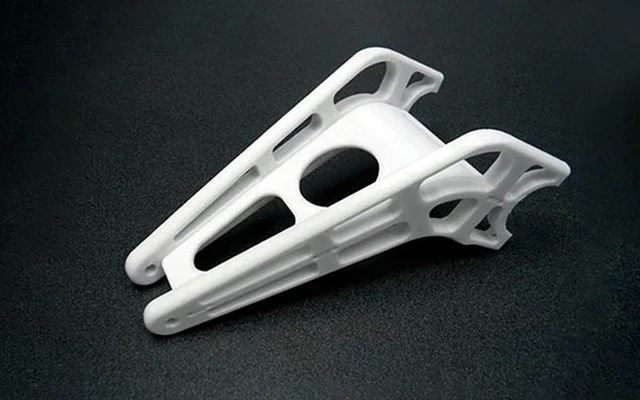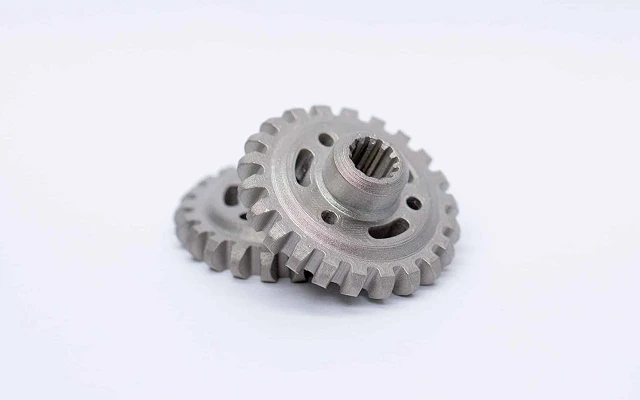What is FDM 3D Printing?
FDM (Fused Deposition Modeling) 3D printing is a popular additive manufacturing
technique that extrudes material through a heated nozzle to build objects layer by
layer. This method involves melting a thermoplastic filament and depositing it in
thin layers to create the desired shape, enabling precise and cost-effective
production of complex geometries and functional prototypes.
In FDM 3D printing, the process starts with a digital model created with CAD
software. The model is then sliced into thin horizontal layers by slicing software,
which directs the printer throughout the build process. As each layer is added, it
fuses with the previous one, gradually forming the complete object. This technology
is widely used for its affordability, ease of use, and ability to produce durable
and detailed parts.

